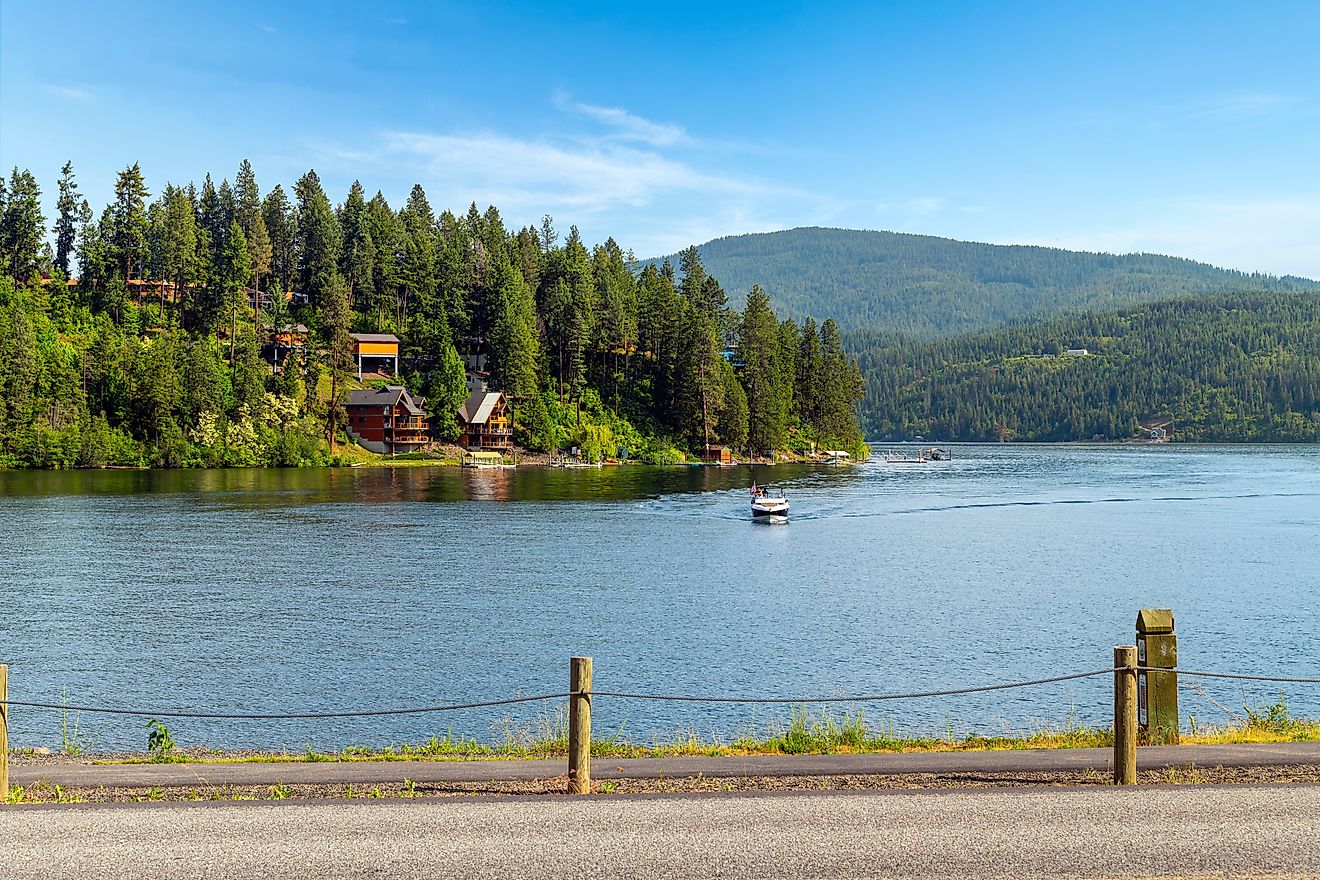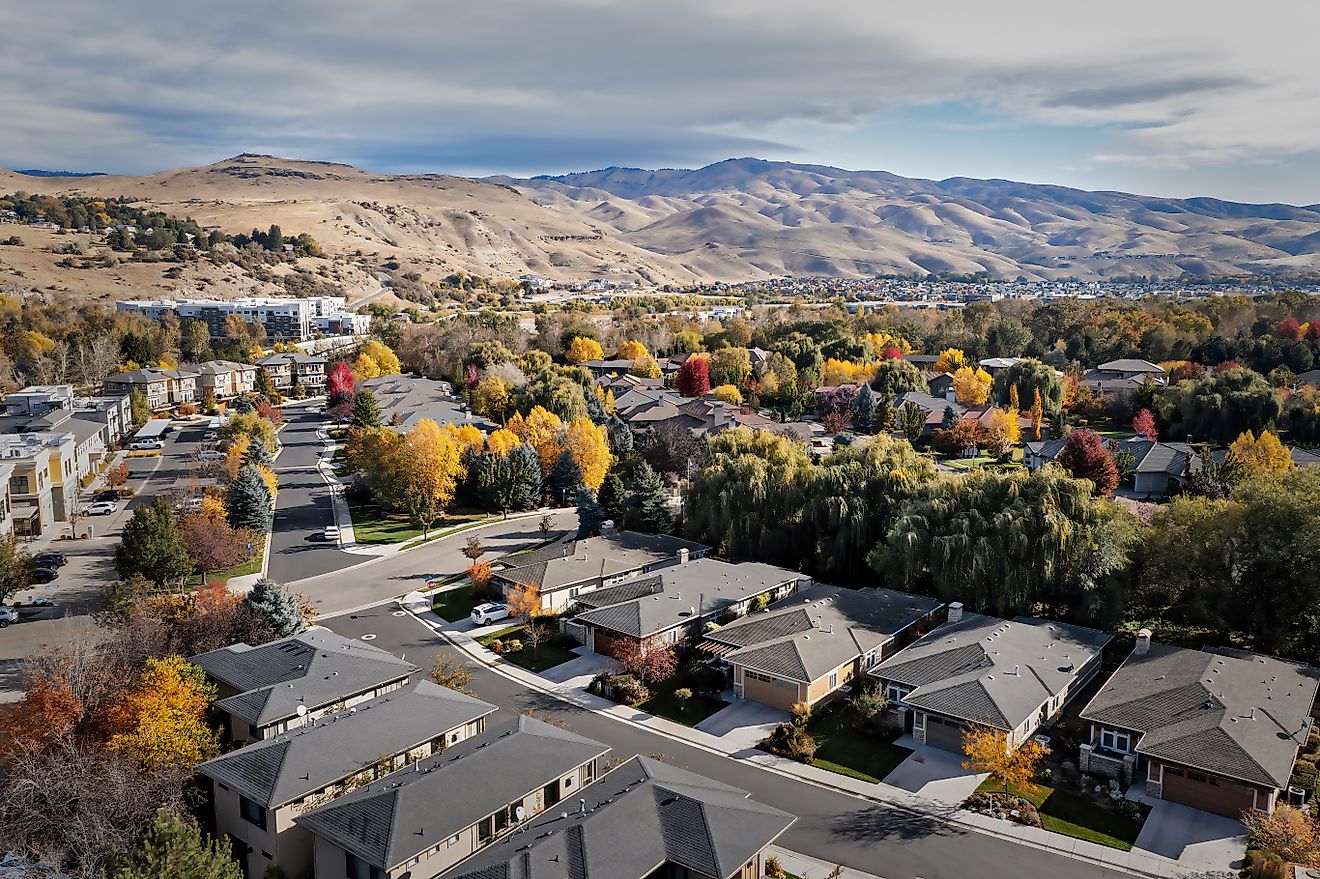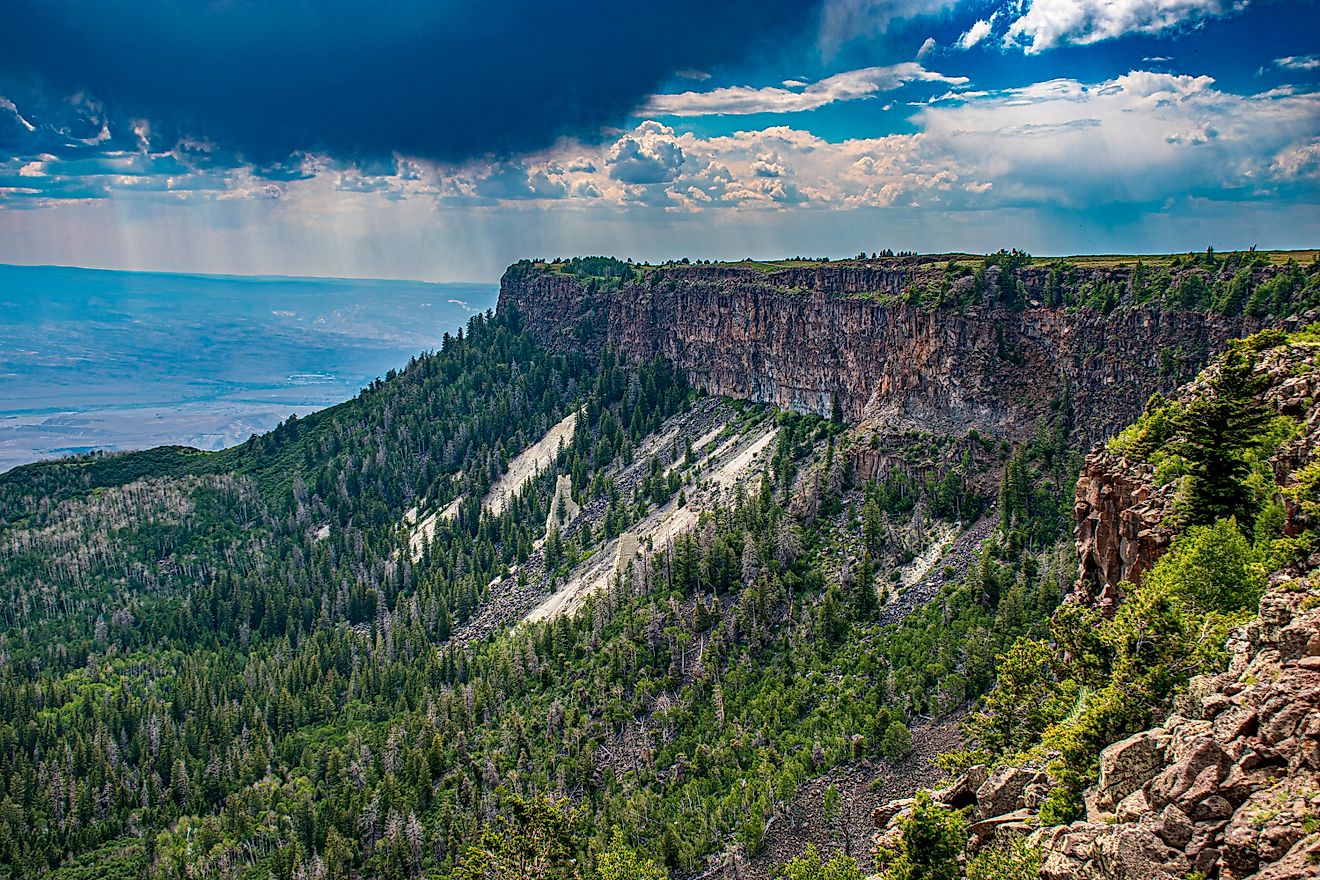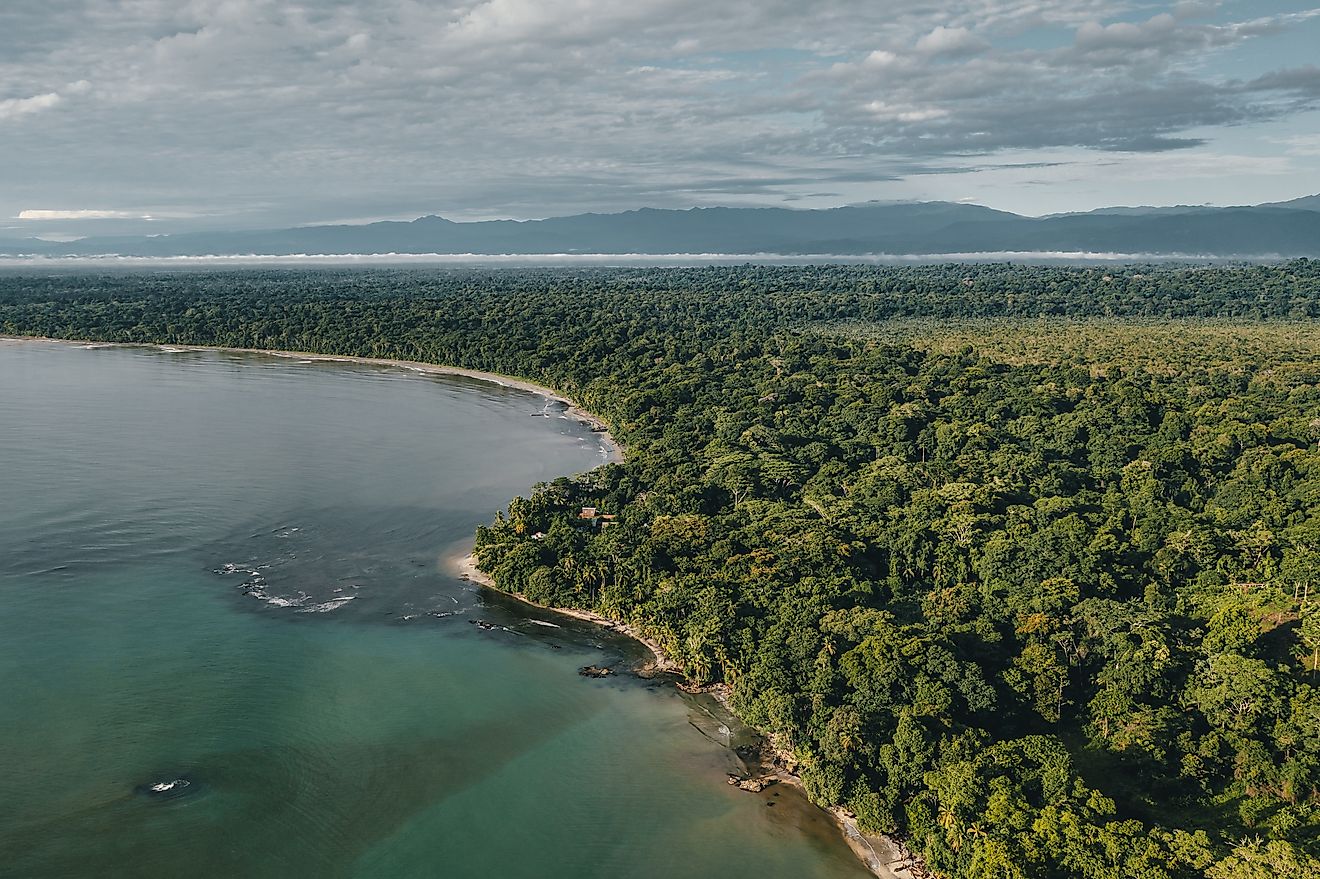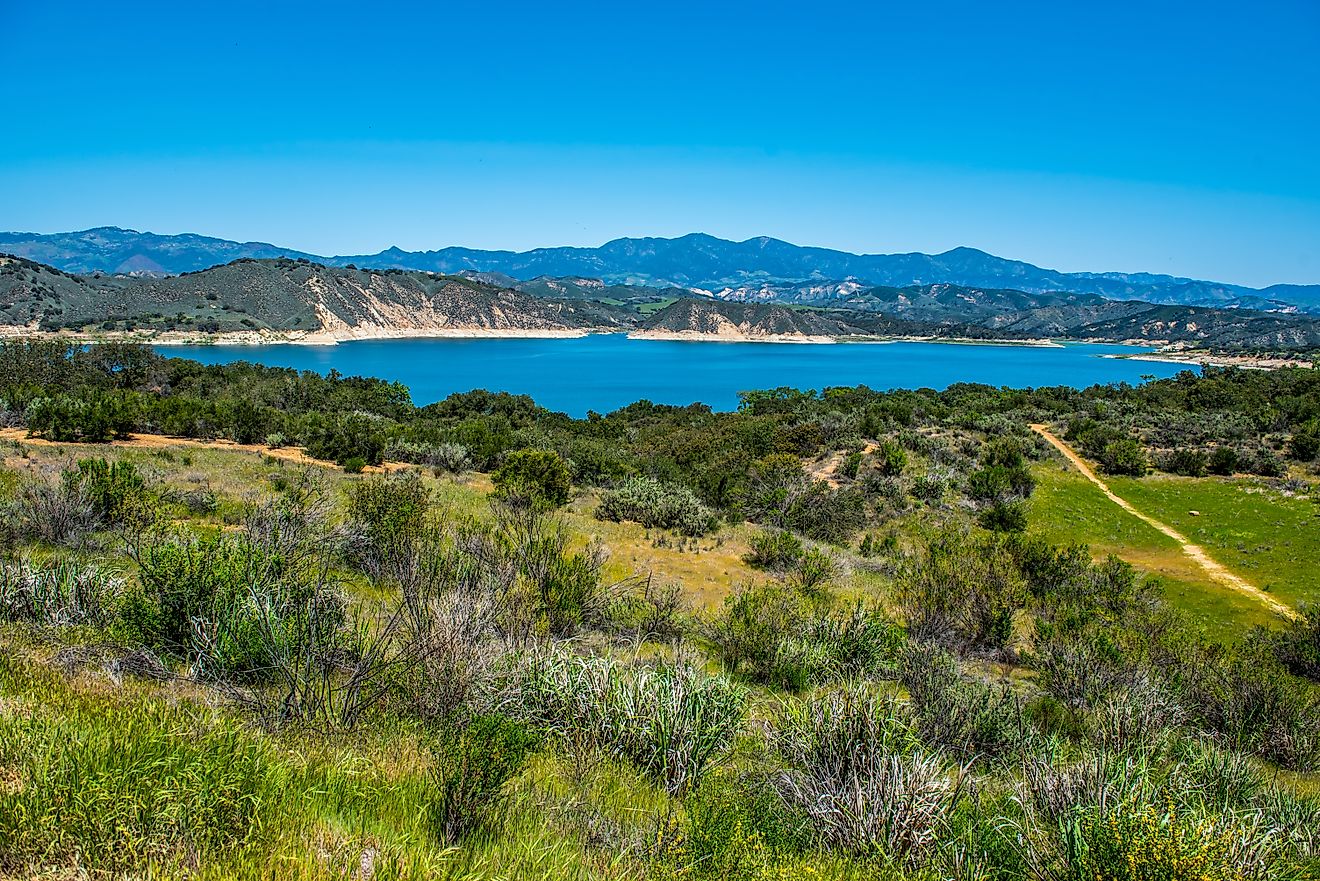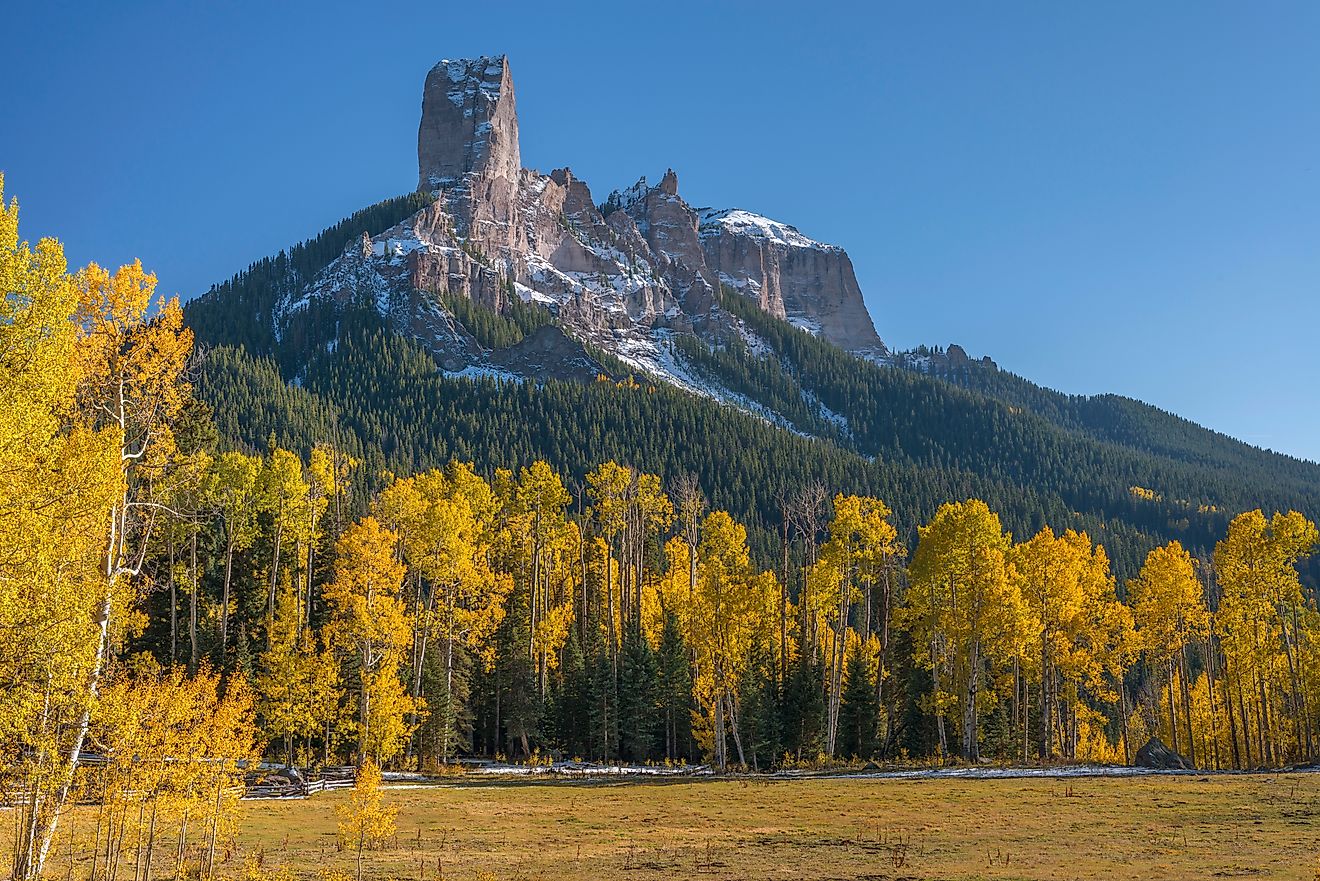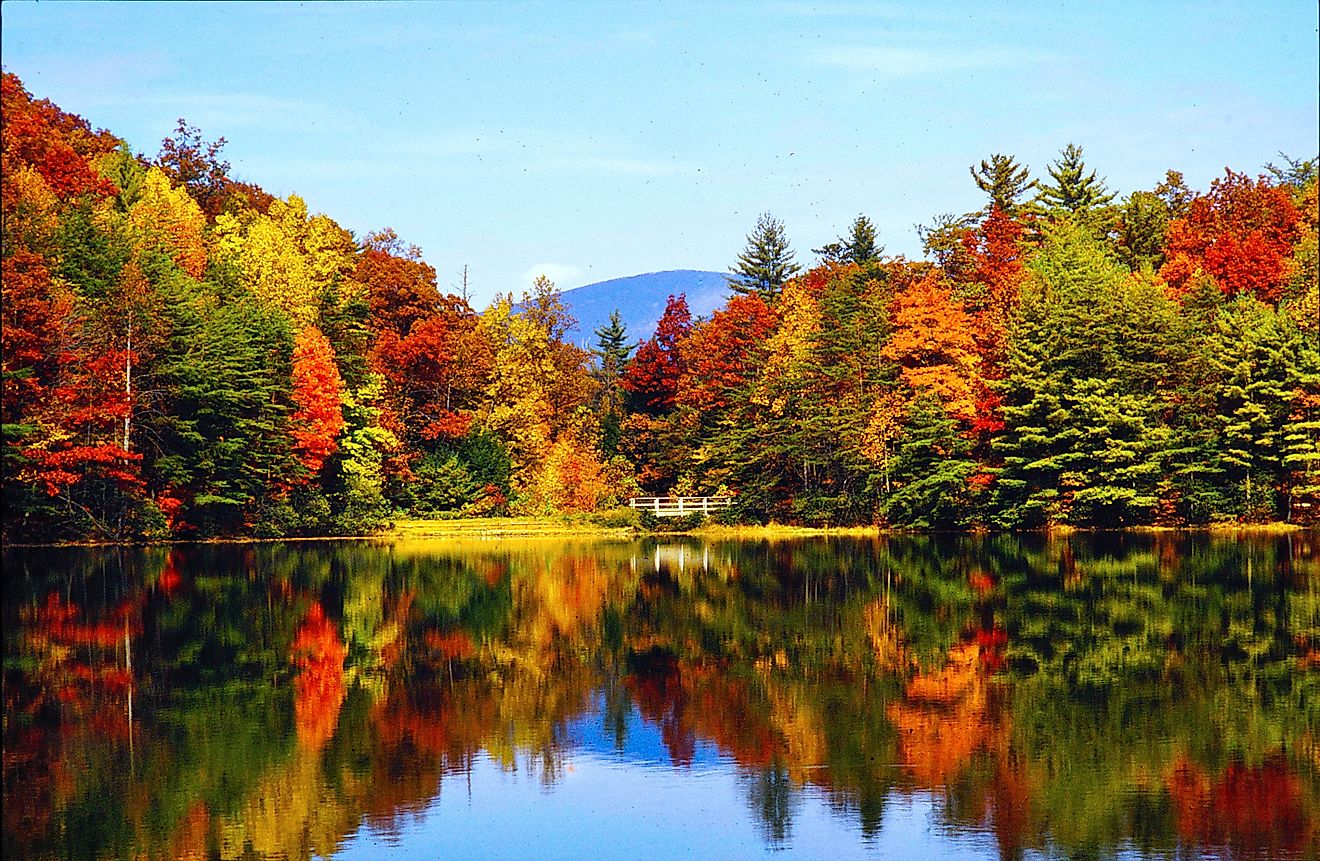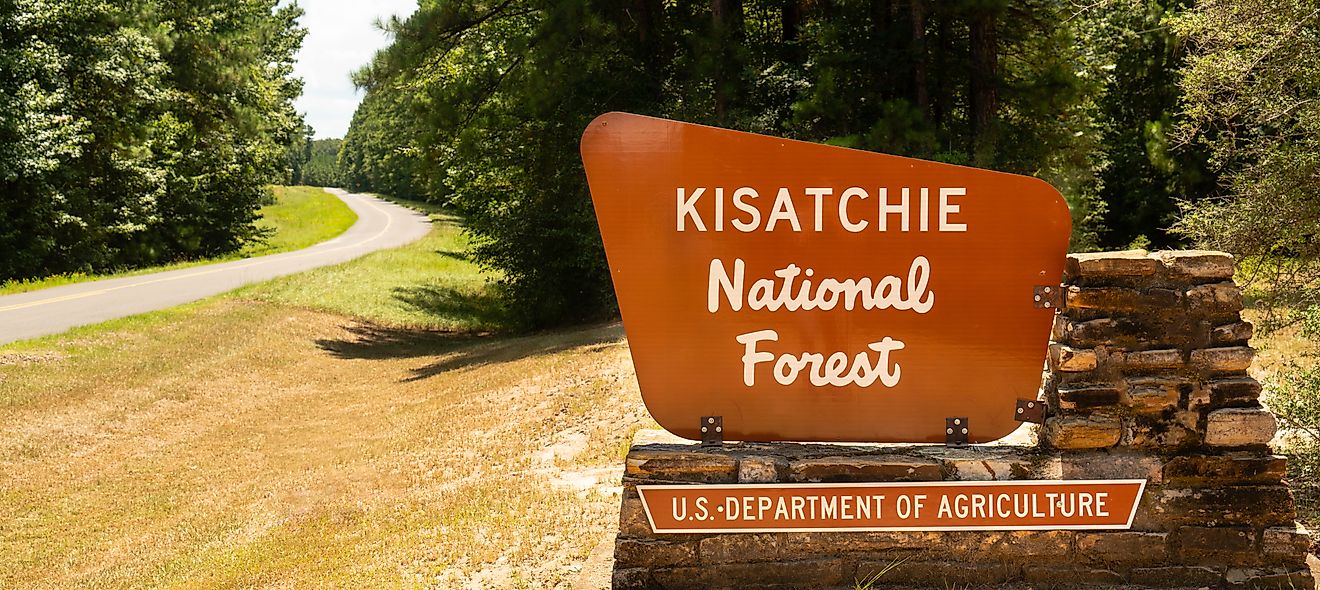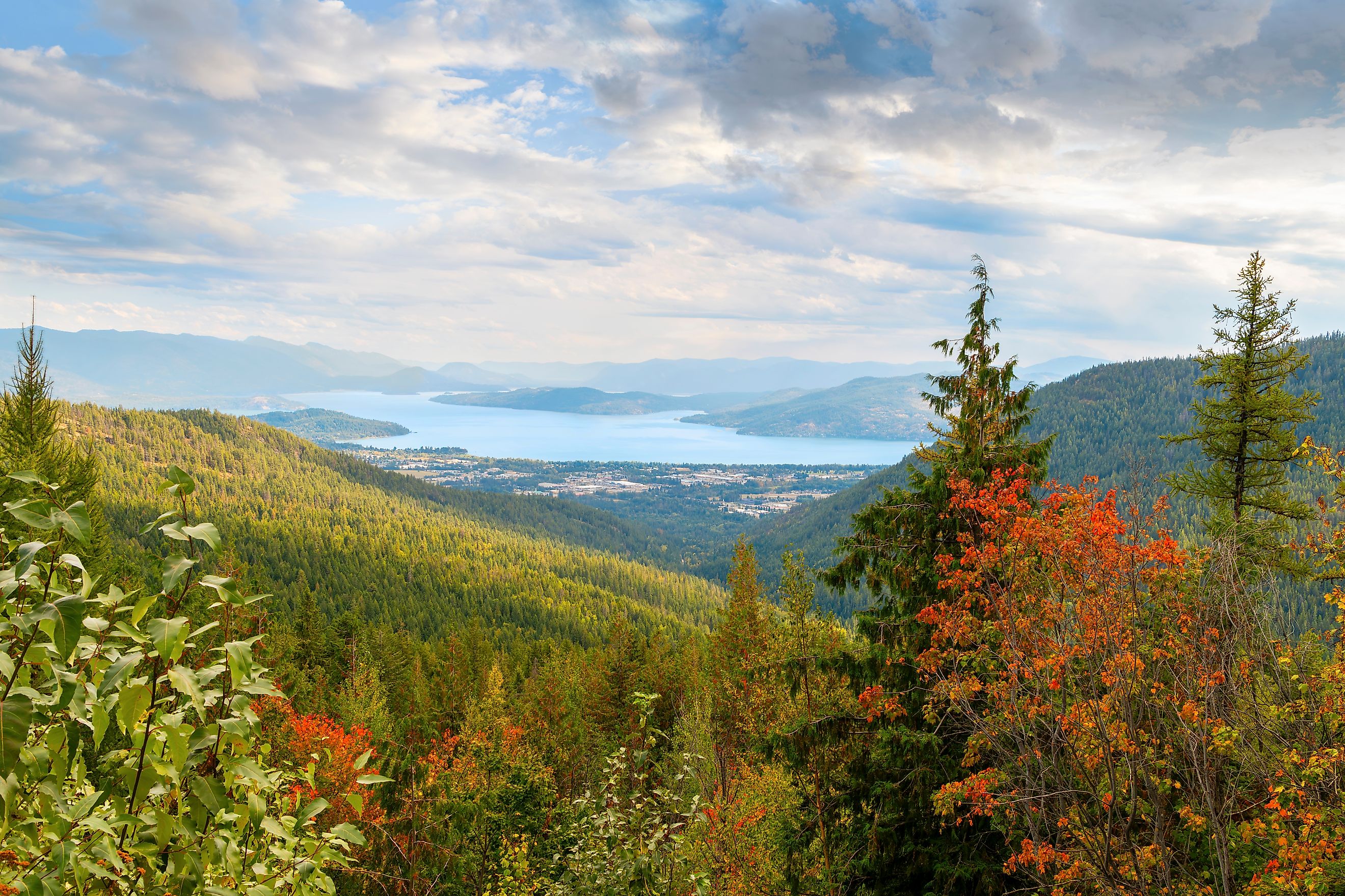
Idaho Panhandle National Forests
In the far north of Idaho, between Montana’s rugged mountains and Washington’s rolling hills, you will find one of the most underrated treasures in the United States: the Idaho Panhandle National Forests. Spread across more than 2.5 million acres, these forests are a sprawling playground of pristine lakes, towering peaks, winding rivers, and rich wildlife. They stretch so far that they even spill over into small portions of eastern Washington and western Montana, with their northernmost edges brushing up against the Canadian border.
For nature lovers, history buffs, and anyone looking for a place that feels truly wild, the Idaho Panhandle National Forests offer an unbeatable mix of scenery, recreation, and heritage. Here is what makes this vast region so remarkable and why it should be on your travel radar.
A Forest Made from Three
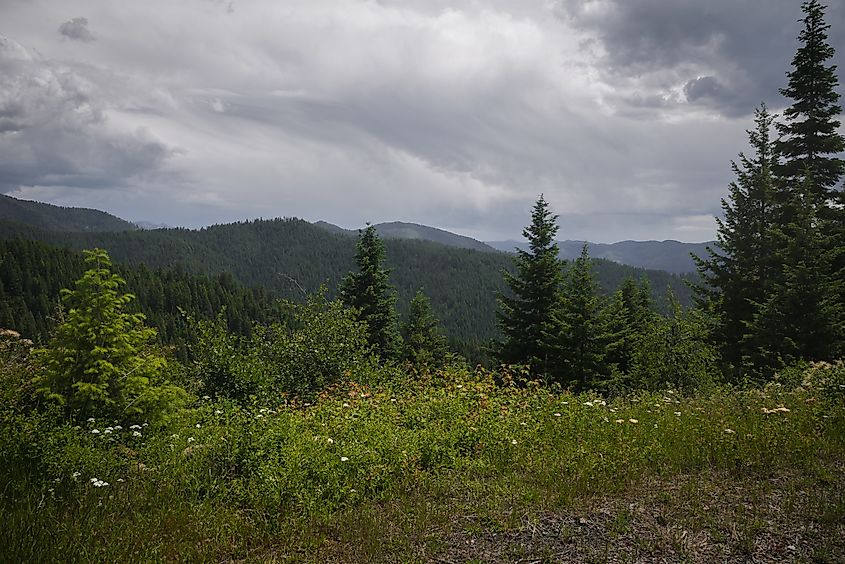
The Idaho Panhandle National Forests, often referred to as IPNF, are not a single forest but a unified management area combining three historic forests: the Coeur d’Alene, the Kaniksu, and the St. Joe. In 1973, the U.S. Forest Service brought large portions of these forests together under one administrative umbrella, streamlining management while preserving the unique character of each.
The result is a landscape that feels diverse and layered. The Coeur d’Alene Ranger District offers dense mountain forests and rich waterways. The Kaniksu brings in a taste of the Selkirk Mountains and extends into Washington and Montana. The St. Joe, with its rugged backcountry, is a paradise for those looking to venture far from the crowds.
Geography That Stretches Sky to Shore
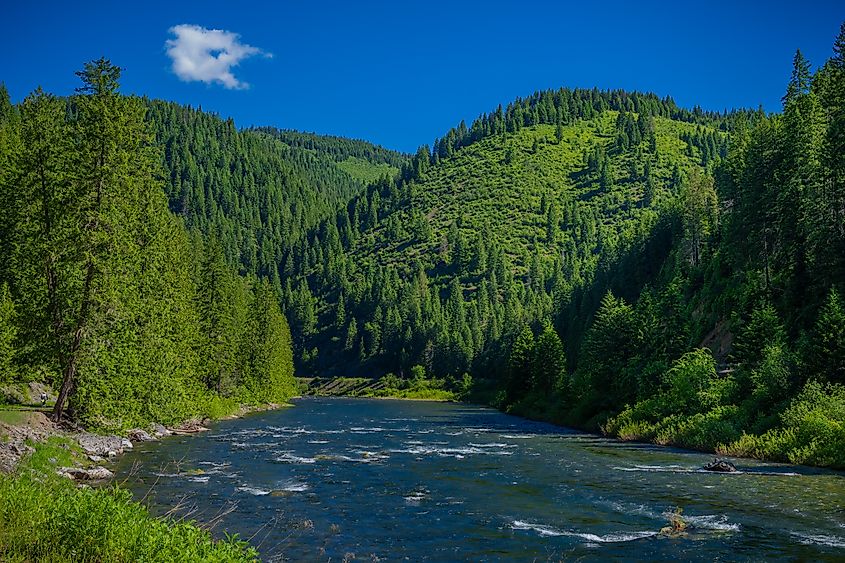
One of the most striking features of the Idaho Panhandle National Forests is their variety in elevation and terrain. At the lower end, you will find valleys at around 2,100 feet above sea level. At the high points, peaks reach up to 7,600 feet, often blanketed in snow well into spring.
This elevation range creates microclimates that support an incredible diversity of plants and animals. The forest is crisscrossed by mountain ranges like the Selkirk, Cabinet, Purcell, Coeur d’Alene, and Bitterroot. Between them lie shimmering lakes such as Coeur d’Alene, Pend Oreille, and Priest Lake, each with its own recreation scene.
The waterways here are just as impressive as the mountains. Major rivers like the St. Joe, Coeur d’Alene, Priest, Pend Oreille, Clark Fork, and Kootenai weave through the forest, offering miles of fishing, boating, and wildlife-viewing opportunities.
Wildlife Watching in the Panhandle
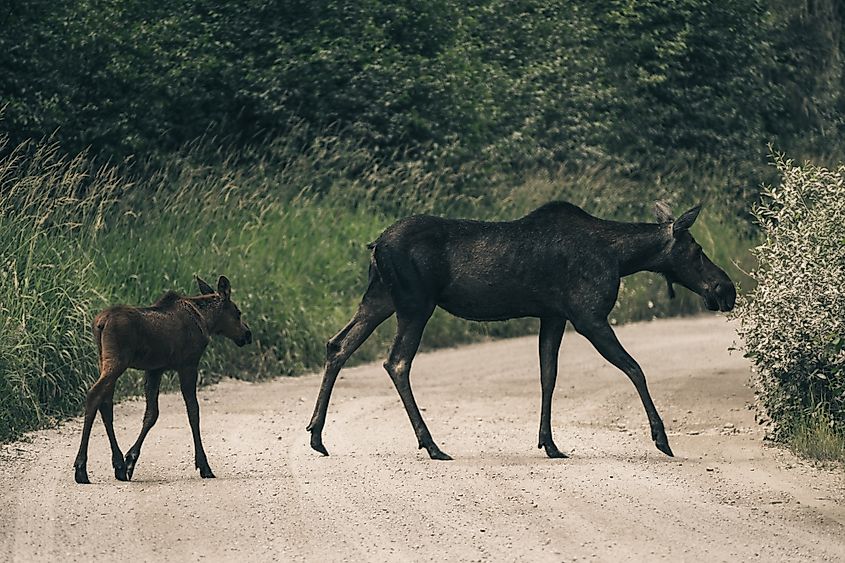
If you love wildlife, the Idaho Panhandle is the kind of place where you might spot an elk grazing at sunrise, a bald eagle soaring overhead, or a black bear lumbering through the trees all in a single day. The forests are home to white-tailed deer, mule deer, moose, grizzly bears, coyotes, timber wolves, cougars, river otters, marten, and wolverines.
Bird enthusiasts can look for ravens, wild turkeys, grouse, osprey, and both golden and bald eagles. The rivers and lakes are famous for fishing, with opportunities to catch trout, bass, and other freshwater species.
Because of its size and diversity, the Idaho Panhandle is one of the few places in the lower 48 states where you can experience both alpine wildlife and lake-dwelling species in a single trip.
Wilderness and Roadless Beauty
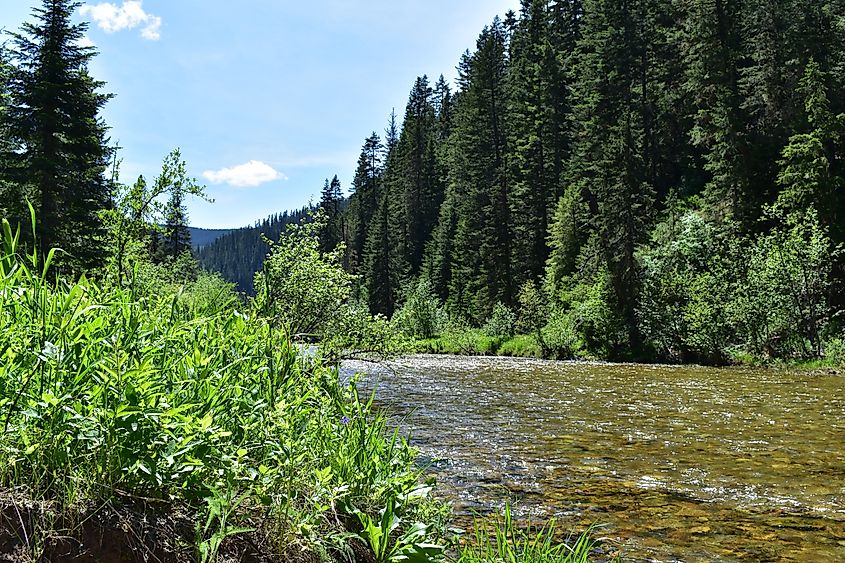
Within the Idaho Panhandle National Forests lies one designated wilderness: the Salmo-Priest Wilderness, which extends into Washington’s Colville National Forest. This high, wild region is known for its deep valleys, old-growth forests, and excellent backcountry hiking.
Beyond the designated wilderness, there are several proposed wilderness areas, including the Selkirk Crest and Scotchman Peaks. These are roadless tracts that remain largely untouched, offering a rare chance to see what the Pacific Northwest looked like centuries ago.
Recreation for Every Season
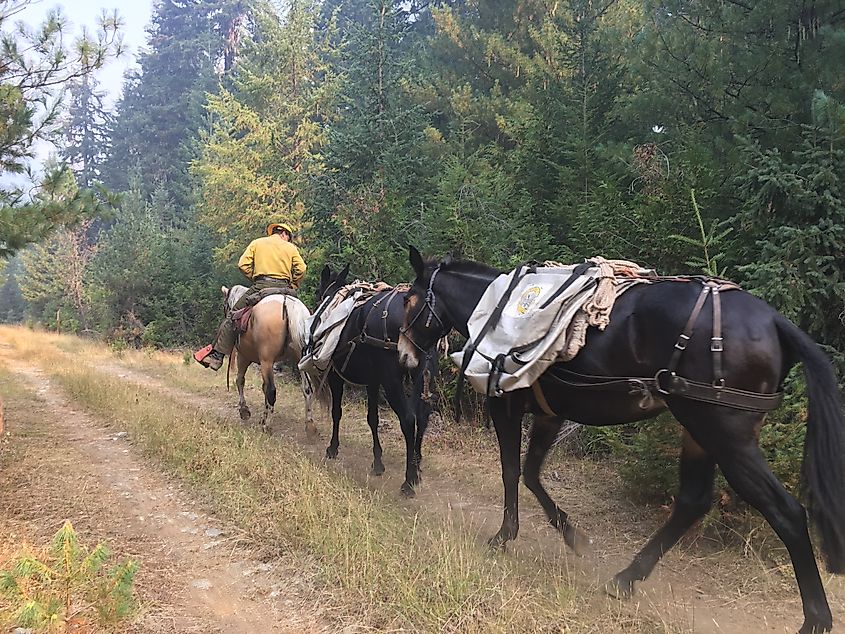
The Idaho Panhandle National Forests are open year-round, and each season brings its own charm.
Summer and Fall
In warmer months, the forest becomes a hub for hiking, camping, horseback riding, mountain biking, and ATV riding. More than 1,400 miles of hiking trails wind through the forest, with another 800 miles open to motorized vehicles. The lakes offer swimming, boating, kayaking, and fishing.
One standout is the Route of the Hiawatha, a 15-mile rails-to-trails bike path that includes the 1.7-mile-long Taft Tunnel. Another is the Pulaski Tunnel Trail, which tells the dramatic story of the Great Fire of 1910 and the heroism of firefighter Ed Pulaski.
Winter
When snow blankets the mountains, cross-country skiing, snowshoeing, and snowmobiling take center stage. Popular winter spots include Priest Lake and the high-country trails in the St. Joe Ranger District.
Unique Experiences You Will Not Find Anywhere Else
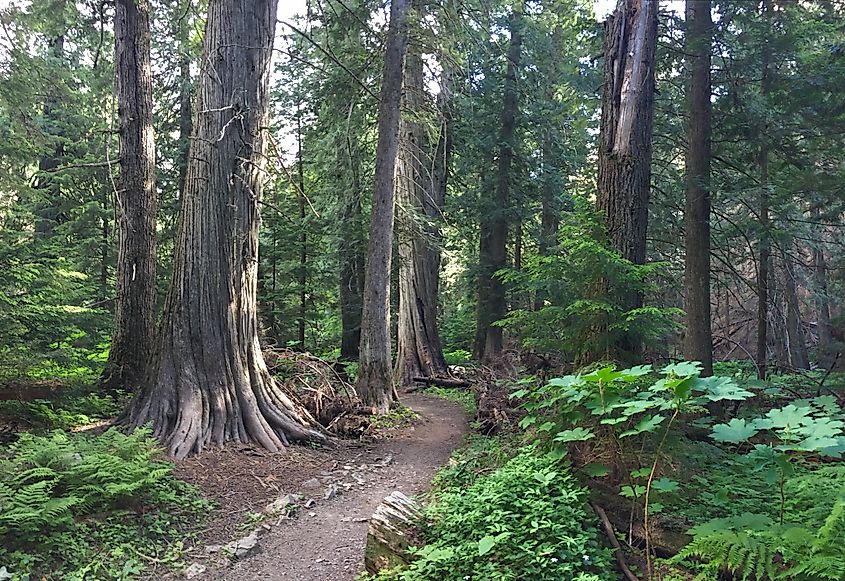
One of the most unusual attractions in the Idaho Panhandle is the Emerald Creek Garnet Area. Here, visitors can dig for rare star garnets, one of only two places in the entire world where they are found. It is part geology lesson, part treasure hunt, and an experience that families especially enjoy.
Another gem is the chance to walk among ancient giants at the Settler’s Grove of Ancient Cedars near Murray or the Roosevelt Grove of Ancient Cedars near Nordman. These groves feature western red cedars that have been standing for more than 500 years.
A Landscape Shaped by People and Fire
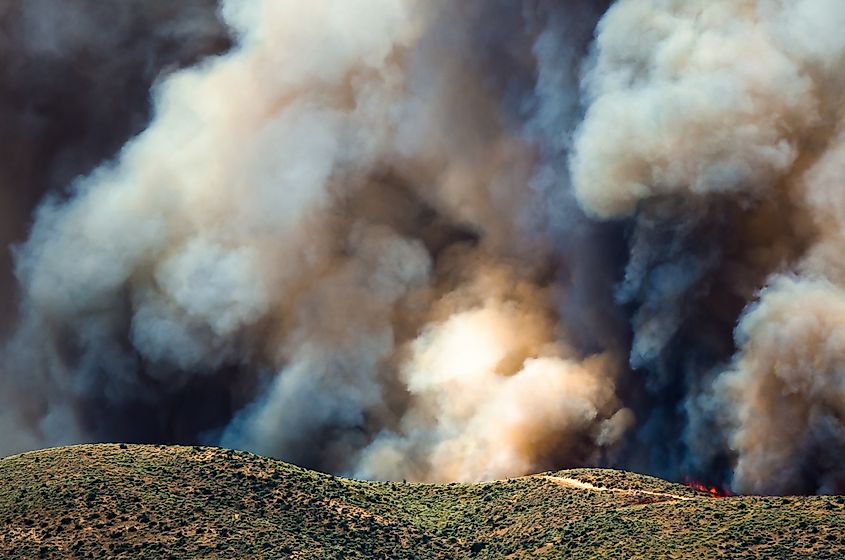
While the natural beauty of the Idaho Panhandle might seem untouched, human history is deeply woven into the landscape. Indigenous peoples have lived here for thousands of years, using the rivers and forests for food, trade, and travel. Later, miners and loggers arrived, leaving behind ghost towns, historic logging displays, and old lookout towers.
Fire has also been a constant force. The Great Fire of 1910 reshaped vast sections of the forest and influenced modern firefighting techniques. Today, fire management remains an important part of the IPNF’s stewardship.
Getting to Know the Districts
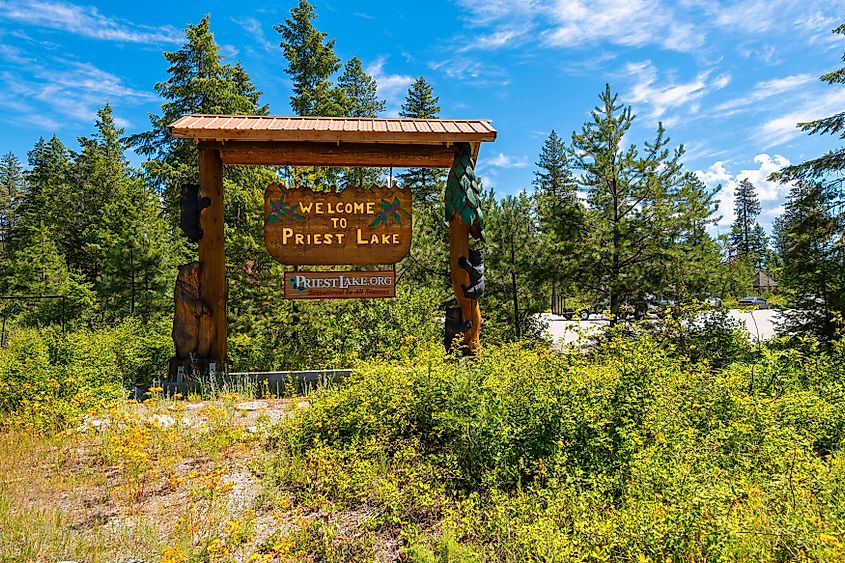
The Idaho Panhandle National Forests are divided into three main ranger districts:
-
Priest Lake Ranger District: Known for crystal-clear lakes, sandy beaches, and the Salmo-Priest Wilderness.
-
Coeur d’Alene River Ranger District: Offers access to Lake Coeur d’Alene, fishing streams, and historic sites like Settler’s Grove.
-
St. Joe Ranger District: A remote area with rugged mountains, the Wild and Scenic St. Joe River, and extensive backcountry trails.
Each district has its own personality, so your experience can vary widely depending on where you go.
Why It Belongs on Your Travel List
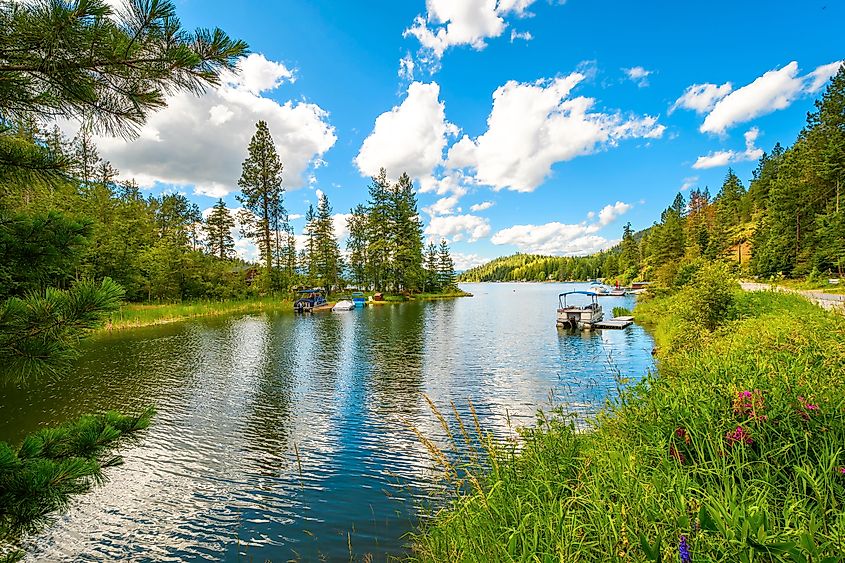
The Idaho Panhandle National Forests are not just another set of pretty woods. They are a living, breathing mix of mountain adventure, crystal-clear waters, rare wildlife, and rich history. Whether you want to paddle on Lake Pend Oreille, bike through century-old train tunnels, hike to a windswept mountain peak, or simply relax at a quiet campsite, you will find it here.
For those who crave a destination that blends natural wonder with authentic Pacific Northwest character, this is it. And unlike some more famous national forests, you can still find solitude here, even in summer.
Fast Facts
-
Size: 2.5 million acres
-
States: Idaho, Montana, Washington
-
Highest Point: 7,600 feet
-
Major Lakes: Coeur d’Alene, Pend Oreille, Priest Lake
-
Designated Wilderness: Salmo-Priest Wilderness
-
Trails: 1,400+ miles for hiking, 800+ miles for motorized vehicles
